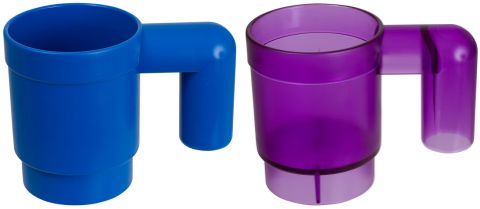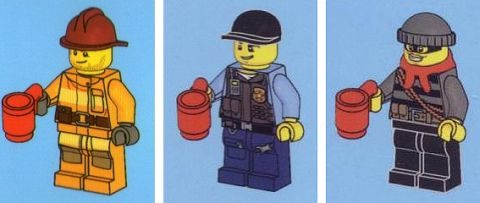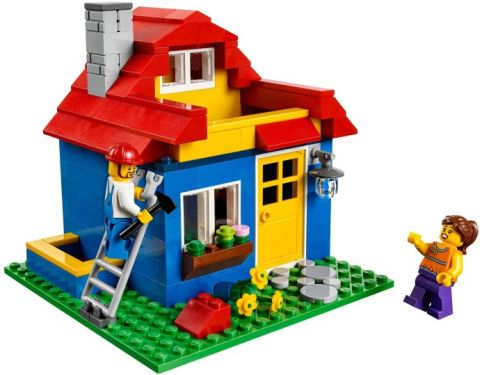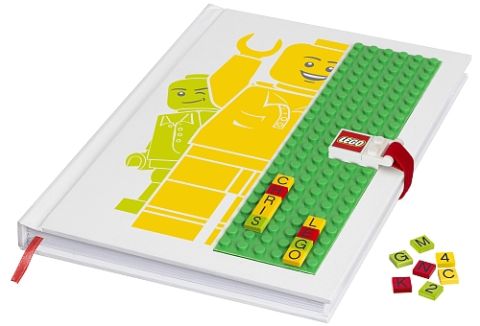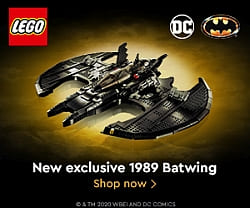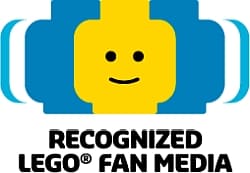As we have discussed previously, the 2015 LEGO Marvel Super Heroes Age of Ultron sets were just released this month. This wave of LEGO Marvel Super Heroes is particularly strong with some excellent sets. LEGO Super Heroes have been known for excellent minifigures but mostly weak sets, so it is nice to see that LEGO was finally able to strike a good balance. Having said that, in today’s article we will discuss the minifigures in the new LEGO Marvel Super Heroes Age of Ultron sets, just because it’s nice to see all of them together (photo below by Gnaat Lego). We will talk about the sets themselves at another time. LEGO Super Heroes minifig collectors should be very-very happy with this wave. 🙂

LEGO SUPER HEROES AGE OF ULTRON – THE AVENGERS: In the video-review below by the BrickShow, you will see all of the Avengers from the 2015 The Avengers: Age of Ultron film in minifigure form. There are two Ironman minifigs (Mark 43 and Mark 45). The Mark 45 only comes in the #76029 LEGO Super Heroes Iron Man vs. Ultron set, and the Mark 43 appears in the #76038 LEGO Super Heroes Attack on Avengers Tower, the #76031 LEGO Super Heroes The Hulk Buster Smash, and the #76032 LEGO Super Heroes The Avengers Quinjet City Chase.
Other Super Heroes we get in this wave are Thor (comes in two sets; #76038 LEGO Super Heroes Attack on Avengers Tower, #76030 LEGO Super Heroes Avengers Hydra Showdown), Black Widow (comes in two sets: #76032 LEGO Super Heroes The Avengers Quinjet City Chase, #76042 LEGO Super Heroes SHIELD Helicarrier), Scarlet Witch (only in the #76031 LEGO Super Heroes The Hulk Buster Smash), Vision (only in the #76032 LEGO Super Heroes The Avengers Quinjet City Chase), Captain America (comes in three sets; #76041 LEGO Super Heroes The Hydra Fortress Smash, #76032 LEGO Super Heroes The Avengers Quinjet City Chase, #76042 LEGO Super Heroes SHIELD Helicarrier), Quicksilver (only in the #76041 LEGO Super Heroes The Hydra Fortress Smash), Hawkeye (comes in two sets: #76030 LEGO Super Heroes Avengers Hydra Showdown, #76042 LEGO Super Heroes SHIELD Helicarrier). Then of course we have The Hulk in the new olive-green color with printed purple pants – he appears in two sets; #76041 LEGO Super Heroes The Hydra Fortress Smash, #76031 LEGO Super Heroes The Hulk Buster Smash). Also, they are not on this video as they only appear in the Ultimate Collector Series #76042 LEGO Super Heroes SHIELD Helicarrier, but for the sake of completeness we should mention the Nick Fury and Maria Hill minifigs.
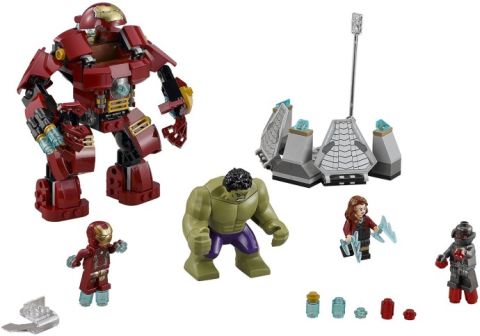
LEGO SUPER HEROES AGE OF ULTRON – THE ULTRONS: I have to say that these minifigs look absolutely fantastic, as you will see in the video-review below by the BrickShow. If you like the Ultrons, the best way to acquire them is with the #76029 LEGO Super Heroes Iron Man vs. Ultron set, which is only $13 and includes 2 Ultron Sentries and an Ultron Sentry Officer. The Mark 1 Ultron with the super cool translucent head appears only in the #76038 LEGO Super Heroes Attack on Avengers Tower. Ultron Prime comes only in the #76031 LEGO Super Heroes The Hulk Buster Smash. And Ultimate Ultron appears only in the #76032 LEGO Super Heroes The Avengers Quinjet City Chase.
As you can see, the minifigs in this series of LEGO Marvel Super Heroes sets comes with tremendous amount of detail: front torso printing, back torso printing, leg printing, dual sided heads… what more could we ask for? As I said; these are a LEGO Super Heroes minifig collector’s dream come true! And it is also nice that the sets they come in are excellent in their own right. The #76038 LEGO Super Heroes Attack on Avengers Tower, the #76031 LEGO Super Heroes The Hulk Buster Smash, #76032 LEGO Super Heroes The Avengers Quinjet City Chase are particularly noteworthy. You can find all the new LEGO Marvel sets at the Online LEGO Shop.

So what do you think? How do you like the LEGO Super Heroes Age of Ultron Avengers and Ultrons? Which one is your favorite minifigure from the new lineup? Do you have any of the new sets already? Feel free to share your own review and thoughts in the comment section below! 😉
And you might also like to check out the following related posts:


